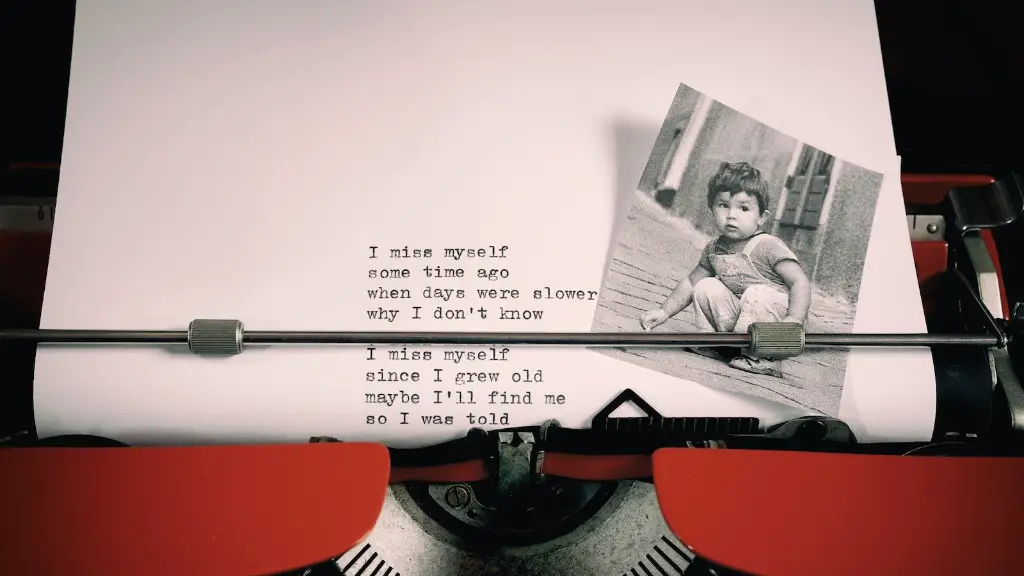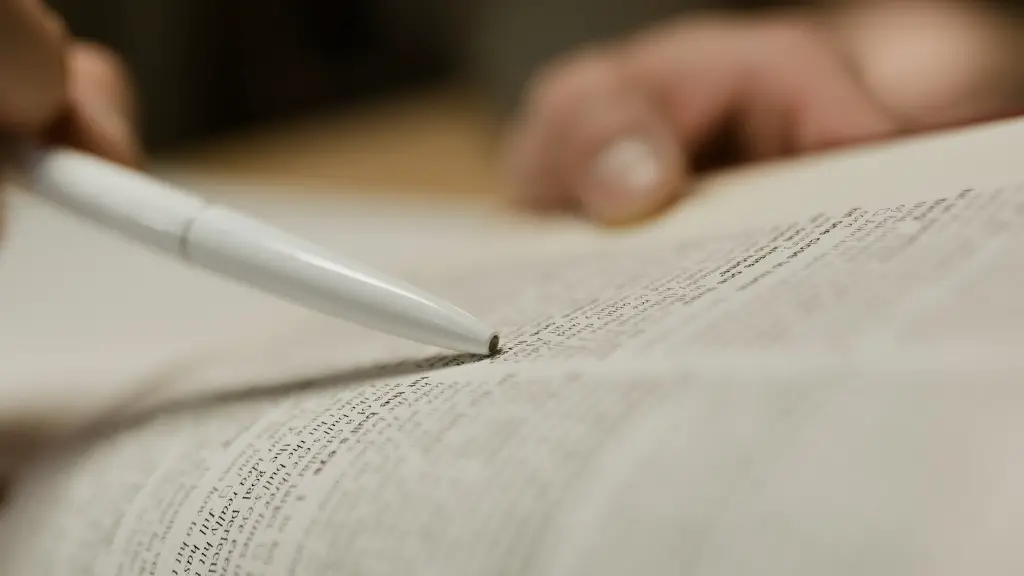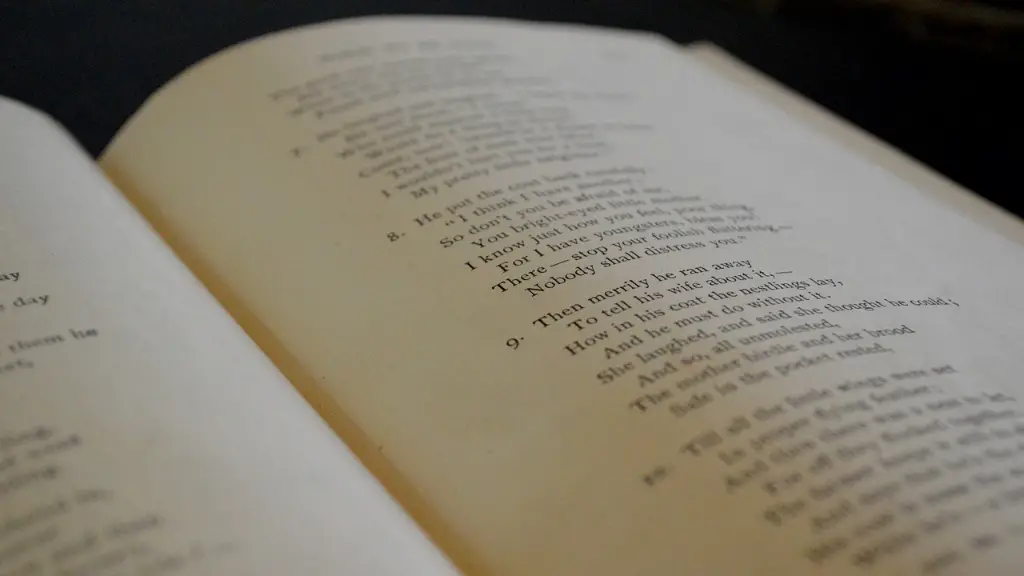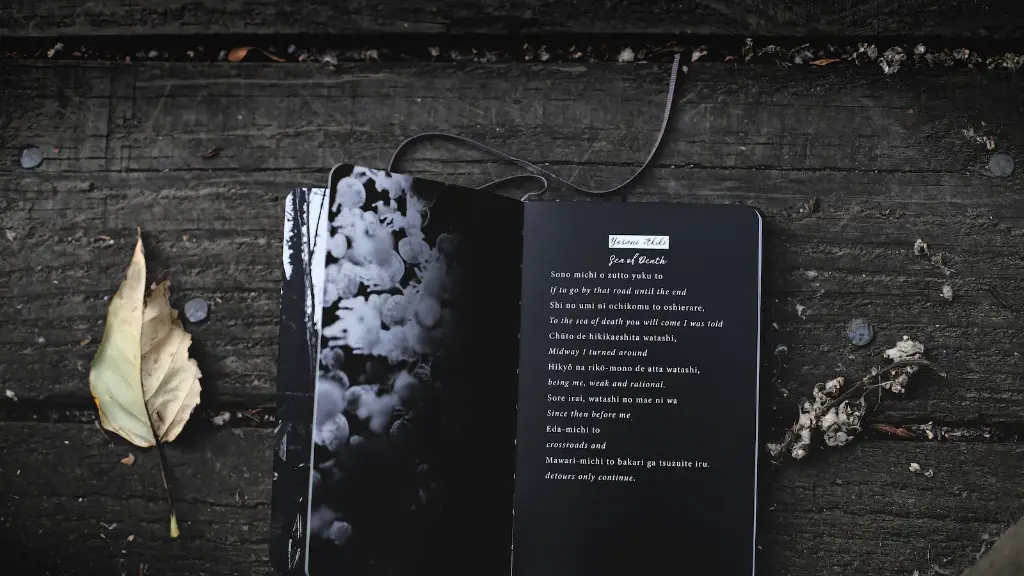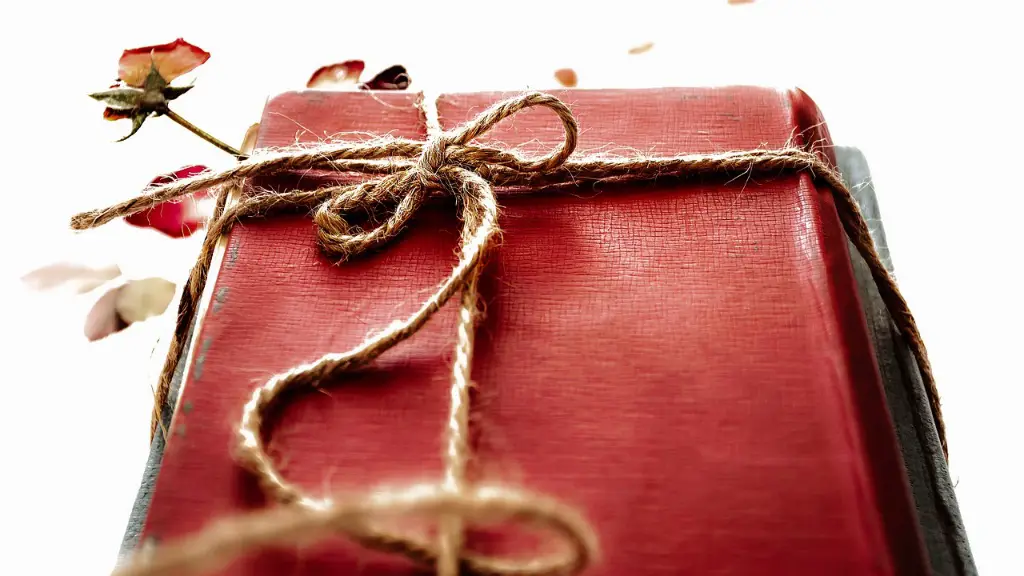Understanding Poetry
For many people, poetry is the most beautiful form of literature. It is a way to express yourself and make your ideas come alive in a way that text alone cannot. As a result, poetry has become a beloved form of communication for hundreds of years.
Learning how to interpret and appreciate poetry is a fulfilling and rewarding experience. To get the most out of a poem, first try to understand the words that make it up. Poetic terms and conventions, such as imagery and alliteration, can help paint a vivid mental picture of what the poet wants to communicate. This is the first step in understanding poetry.
To enhance your understanding of poetry, it is essential to delve deeper into the type of poem you are studying. For example, lyric poetry is a type of poetry that is often sung or recited. It often captures powerful emotions and has many other characteristics that are specific to this type of poem. Similarly, sonnets usually have a precise rhyme and structure. Becoming familiar with the particular features of a type of poem can help you piece together its meaning.
Another way to learn about poetry is to study the poem’s structure. Poetic forms often have a specific length, form, and metrical pattern. For example, the sonnets common in Elizabethan England were written in iambic pentameter and had a precise rhyme scheme. Noticing the structural components can help bring the meaning of a poem into focus if the words are difficult to comprehend.
Finally, learning about the poem’s historical and social context can provide additional layers of understanding. Most poems are not abstract pieces of work, but rather reflections of the poet’s lived experience. Researching the era in which the poem was written and the particular ideas that drove its creation can often lead to an enhanced appreciation of the text.
Exploring Imagery and Language
As well as understanding the structure of a poem, it is essential to examine the language used to craft it. Analyzing poetic language, like imagery, metaphor, and simile, can help bring the poem to life. A poet can use these devices to express thoughts and ideas that would be difficult to express with plain language. Learning to recognize powerful imagery can help paint a vivid mental picture that transcends mere words.
Another important language device to consider are poetic diction and sound. Sound is an important element of many poems because it can create a musical effect for the readers. Rhyme, alliteration, and even tone of voice can make a poem more dynamic. Taking the time to appreciate a poem’s language can bring insight into the imagery and narrative.
Finally, considering the poem’s broader tone and atmosphere can help bring out its meaning. Whether it is a tragic, ironic, or optimistic outlook that the poem conveys, understanding its mood can often help the reader relate to the poet’s thoughts or feelings. This is the beauty of interpreting poetry.
Structuring Your Thoughts
An important aspect of studying poetry is to analyze it in a structured fashion. Instead of simply trying to grasp a poem’s meaning, it is helpful to break it down into its different components and divisions. Writing brief notes on the poem’s form, content, symbols, and subject matter can help to clarify its meaning. As with any form of communication, creating a frame-work to better articulate the poem’s ideas can help impart the full essence of its message.
When you approach a poem, consider posing some simple questions: What do you think the speaker (or poet) is trying to say? Does the poem follow any particular structure or form? Does any particular line or symbol stand out to you? Answering these questions can help lay the foundations of a meaningful interpretation.
Finally, it is important to remember that your interpretation of a poem is determined by your own background and experience. Poems are subjective and are best appreciated by understanding the individual’s interpretation of a piece. Consequently, always consider how your own story might shape the way you read a poem.
Poetry from Different Cultures
Studying poetry from different cultures is an exciting way to broaden your understanding and appreciation of this literary art-form. While the staples of poetry such as the sonnets and haikus are still in regular circulation, there are many other traditions and styles of poetry that are yet to be explored.
Appreciating the unique style of poetry from different cultures has become increasingly popular in recent years. There are various resources available to beginner readers to explore the world of classical Chinese and Japanese poetry, Persian love poetry, and even sonnets from the African diaspora. Taking the time to appreciate the heritage that lies within each poem can make studying poetry much more enjoyable and rewarding.
It can also be beneficial to look at the influencers of modern poetry. Poets such as Allen Ginsberg, Walt Whitman, and Maya Angelou have all gone on to inspire generations of readers and writers, and each of their poems should be read to understand and appreciate the way they crafted their work.
Preparing for your Interpretation
Ultimately, the best way to learn about poetry is to read it. Start by reading some of the classic and beloved poems first, then slowly broaden your compilation. As you read more and more, you will come to understand their meaning better. Additionally, pay attention to the devices and writing techniques used in the poems, such as alliteration and imagery.
Before delving into a poem, it is also useful to conduct some preliminary research on the poet and the style of the poem. If a particular poem is part of a longer poem, such as an epic, being aware of the plot and context that surrounds the text can provide invaluable insight.
Finally, as with any art form, different people have different interpretations of the same poem. Don’t immediately be discouraged if you cannot get the “right” answer, but rather understand the beauty in the individual’s perception. Personal understanding of poetry can often bring out greater depth and meaning to the poem.
Analyzing Poetic Devices
Learning to identify the poetic devices used to craft a poem is an effective way to understand its meaning. A poetic device is any technique a poet can use to craft a poem. This includes things like metaphor and imagery, but also things like rhyme and rhythm. The way a poet uses devices in a poem will heavily influence its meaning.
Exploring the devices a poet uses when writing a poem can help put a point across more effectively. For example, if a poem is describing an emotional event, the poet may use devices like simile and metaphor to bring this to life for the reader. It is also important to note that a poet can also use devices to add lightness or even mystery to a poem.
In addition to learning about the different types of devices, it is also essential to gain an understanding of their historical context. For example, some classic forms of poetry such as the sonnet, have been used for hundreds of years. Examining the ways different poets have used poetic devices throughout history can help bring greater insight into their meaning.
Understanding Sound and Rhythm
As with any language, the sound and rhythm of a poem is essential to accentuate its meaning. When you study a poem, it is helpful to start by listening to the words. This can be done by reading the poem aloud, or hearing someone else recite it. Taking note of the words, pauses, and emotion in the poem can bring out additional insight.
Rhythmic elements such as meter, syllables, and stressed syllables can also add greater life to the poem. Noticing how a poet uses these tools can convey more than written words alone. As poets typically craft their work to be read aloud and enjoyed, understanding their use of rhythm is key.
The sound of the poem can also be an important factor in conveying meaning. This can include sound created with particular words and alliteration. A poet will often choose carefully which words to use in order to create specific sounds that can add greater emphasis to the meaning.
Conclusion
In conclusion, learning about poetry is a rewarding and fulfilling experience. To get the most out of a poem, it is essential to understand the words and devices used as well as its historical and social context. Additionally, it can be helpful to analyze a poem in a structured way to bring its meaning into focus. Finally, don’t forget to appreciate the beauty of the poem’s sound and emotions.
